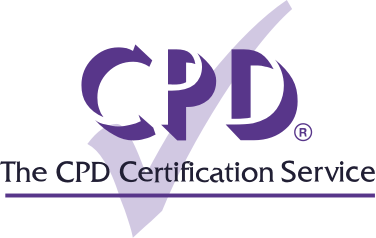This article provides a brief introduction on how to get CPD accreditation for aesthetics training courses in the UK, including an overview of the aesthetics industry, types of CPD, and where to find training to support your CPD requirements.
What is the definition of aesthetics?
Aesthetics is a broad term referring to the medical specialties that focus on the improvement of the cosmetic appearance of the body. Aesthetic medicine includes both surgical and non-surgical procedures across multiple specialties – reconstructive surgery, oral and maxillofacial surgery, plastic surgery, and dermatology.
Overview of the aesthetics industry in the UK
The industry of aesthetic medicine is among the most rapidly expanding industries globally, and represents an entirely new, modern, and cutting edge field of medical practice. It is a rapidly expanding industry with demand growing every day with the Facial Aesthetics Industry now worth over £2bn globally.
The constantly evolving nature of the aesthetics industry requires medical professionals to undergo regular training, in order to keep patients safe and deliver a high standard of care. Aesthetic practitioners, must continually improve their skills to meet the demands of their patients and provide the best possible service to clients, and keep up to date with the particular treatments and techniques.
Continuing Professional Development, or CPD, ensures aesthetic professional continue to be competent in their profession and is something that is ongoing through any aesthetic or medical professionals career. At the heart of any CPD scheme is a personal desire to uphold a certain quality of care and service which safeguards the public and exceeds the expectations of your clients and your profession.
As the term suggests, CPD is a continuous and self-driven learning form which helps you to learn and progress your skills as well as career. Innovations in equipment technology, advances in treatments, and product research are consistently being released to the proper channels to raise awareness on how to carry out the best-practice methods.
While CPD is typically regulated by professional bodies, trade and industry associations within each professional sector, the field of medical aesthetics is very unique in the UK, in that it is largely unregulated. However, with the industry starting to take a much closer look at standards and qualifications, the need for practitioners to be able to demonstrate relevant knowledge and competence is going to become even greater.
What are the different types of aesthetics CPD training courses available?
CPD activity is recorded in terms of learning outcomes and the practical application of the knowledge obtained. This is where the aesthetics industry shines as the majority of the training happens in the field as opposed to in a classroom setting.
Any learning activities you undertake that has the purpose of developing new skills and enhancing your current capabilities represent elements of CPD. Ideally, CPD should be an ongoing process which is well thought through and planned, ensuring that your learning is in line with your professional and business goals.
CPD can comprise of professional training, workshops, conferences, events, e-learning programs, best practice techniques. All kinds of activities can count as CPD, including individual study and distance learning, such as structured learning through online training courses, reading and reviewing publications and enquiry-based research. Some examples include:
- Exploring the latest aesthetic procedures and techniques
- Enrolling in accredited and professional cosmetic training courses
- Reading published articles in Journals such as Aesthetic Journal, Prime and Aesthetic Medicine
- Attending aesthetic workshops and conferences
- Online training such as webinars
- Clinical, business and managerial-related courses, such as marketing, stress management and legislative requirements
You should keep a track of your annual aesthetics CPD activities on a CPD record form and ensure it is accurate, up to date and meets the requirements of your professional body of association if you have one. Your CPD portfolio should display different learning methods and how those impacted your capabilities. Evidence of Continuing Professional Development undertaken is typically recorded by a CPD Certificate of Attendance, CPD Self-Assessment forms and personal CPD Record Cards.














